
The Art of Listening: Why Amazing Workplaces Ask Meaningful Questions
Amazing workplaces are built by design. They require a deep, intentional commitment to the people who power them. The foundation of this commitment is the

Amazing workplaces are built by design. They require a deep, intentional commitment to the people who power them. The foundation of this commitment is the
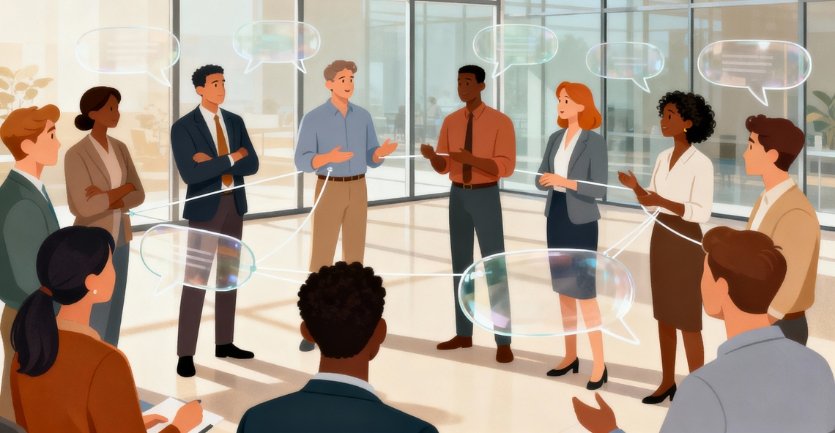
Building a thriving culture within any organization starts with one essential element: trust. Without it, teams struggle, engagement drops, and even the most talented people

Psychological safety has become a fundamental requirement for modern business success. For every executive and team leader, creating an environment where people feel safe to

In today’s competitive market, keeping skilled workers is a top priority for HR. Replacing an employee is expensive. Costs can range from tens of thousands
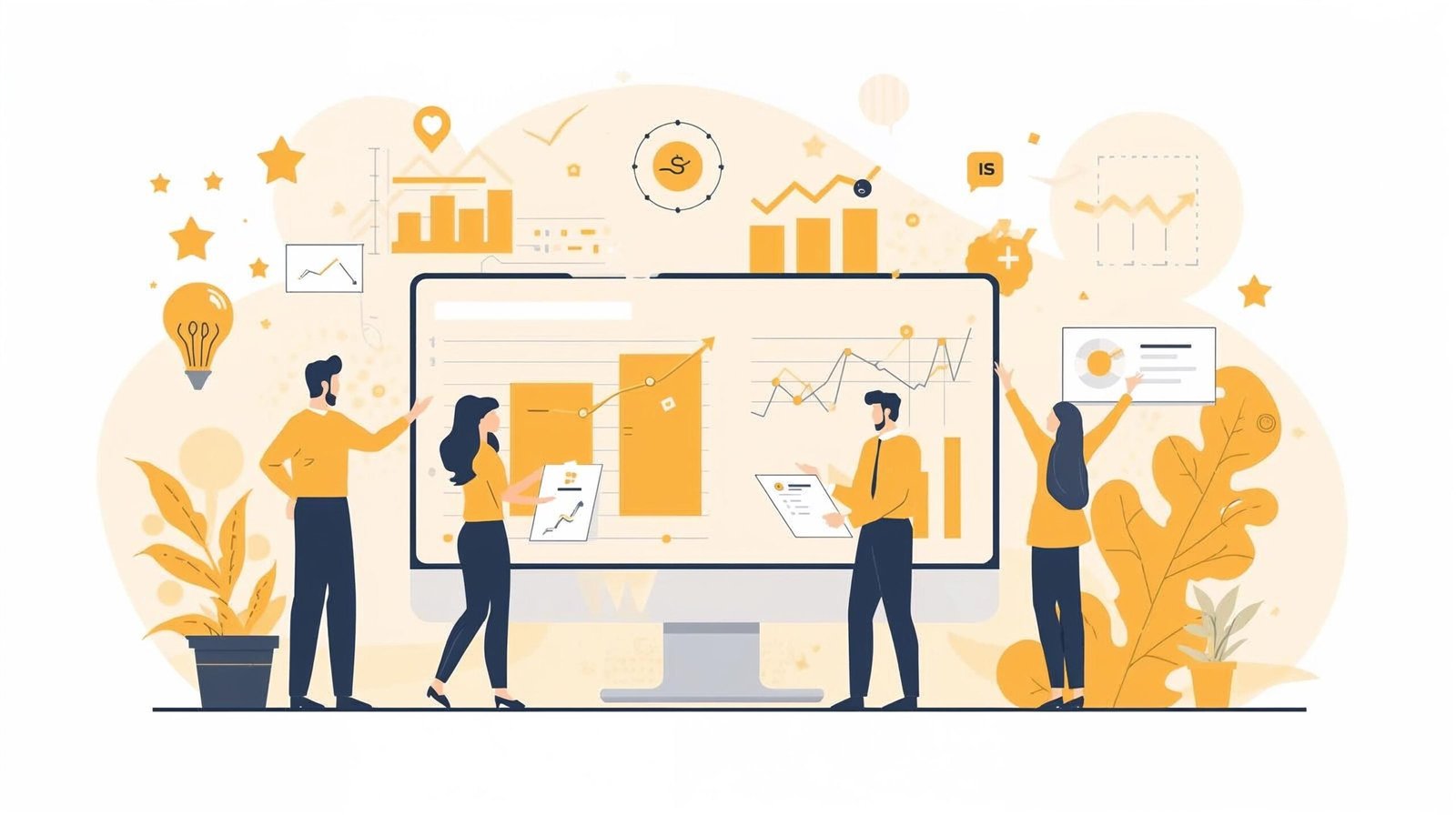
Smart technology is transforming how companies attract talent and build strong employer brands. From AI-driven hiring tools to digital employee experiences, smart innovations help organisations create modern, engaging, and efficient workplaces that appeal to today’s workforce and strengthen long-term talent strategies.

The culture of a workplace is not an accident. It is a living thing, nurtured daily by how people interact. Internal communication is the dynamic

Candidate drop-off is costing companies their best talent. When application processing takes too long, top candidates accept other offers. Discover how artificial intelligence transforms recruitment by instantly screening resumes, automating scheduling, and keeping candidates engaged throughout the hiring process with 24/7 communication.

The best workplaces run on more than efficiency. They thrive on genuine connection. For world-class organizations, simply collecting employee feedback is not enough. The real

The modern workplace is changing fast. Technology and constant disruption are the new normal. Employees now seek purpose and well-being, not just a paycheck. The

California imposes strict penalties for labor law violations – from unpaid wages and misclassification to safety breaches. Learn the key risks, employee rights, and financial consequences employers face for noncompliance to ensure a fair, lawful, and safe workplace for all.

Workplace discrimination and harassment can deeply impact employee well-being and morale. Learn how to identify, report, and seek help through HR, legal channels, and external organizations to ensure your rights are protected and your workplace remains safe and inclusive.

A positive company culture is more than a feel-good phrase; it is the fundamental engine for business success. Conversely, a toxic workplace culture acts like

For too long, conversations about employer branding have stayed confined to the HR department, dismissed by the C-suite as “soft” marketing spend. That needs to

The world of work is not just changing; it is fundamentally transforming. As a world-class researcher and journalist in the HR space, my analysis shows

The ground has shifted under employer branding. For years, the goal was to market the employment experience. Now, as Artificial Intelligence (AI) fundamentally changes how

In the modern working world, managing people based solely on “gut feeling” is a recipe for missed opportunities. World-class organizations know that their competitive edge

Every organization has a culture. It is not just a poster on the wall or a line in an employee handbook. Culture is the invisible

For years, the war for talent was fought with salaries and perks. Today, top professionals look for something deeper. They seek validation, growth, and a

The modern workplace has undergone a rapid, profound shift. As organizations embrace remote and hybrid models, the challenge of maintaining team cohesion and performance takes

Generation Z, born roughly between 1997 and 2012, is not just entering the workforce; they are actively redesigning it. Having grown up amidst economic volatility,

The term “work-life balance” is officially retired. Employees today are not looking for a perfect 50/50 split between two separate worlds. They want integration, respect,

In today’s competitive talent market, a company’s culture is a major factor for job seekers. It is no longer enough to offer competitive salaries; prospective

The search for top talent makes having a great workplace a necessity. Moving beyond “good,” organizations now seek official workplace certification. This isn’t just

The introduction of Artificial Intelligence (AI) is fundamentally reshaping the workplace. It is more than a technology upgrade. It is a profound shift in how

Discover how Patagonia’s “Let My People Go Surfing” policy creates an empowering, flexible culture focused on work-life balance, activism, and employee autonomy. Learn best practices from a brand that blends profit, purpose, and well-being for lasting impact.

Workplace culture is not a set of words on a wall poster. It is the real-world experience employees have every day. It’s the unwritten rules,

A company’s reputation as a workplace is a strategic asset. This image is your employer branding. It reflects the genuine culture and employee experience. A

Transparent communication is the cornerstone of a successful modern workplace. Surveys are a powerful, formal mechanism that HR and business leaders use to build

In today’s highly competitive talent market, retaining skilled employees is a critical challenge. Top talent actively seeks workplaces that show genuine commitment to growth and

Improve employee communication in the workplace with these five proven tips. Learn how to set clear goals, encourage open feedback, use collaboration tools, and strengthen remote team connections to create a culture of openness, engagement, and productivity across all levels of your organization.

A company’s success depends entirely on its workplace environment. The core of an amazing workplace is strong leadership. Leaders do more than manage projects. They
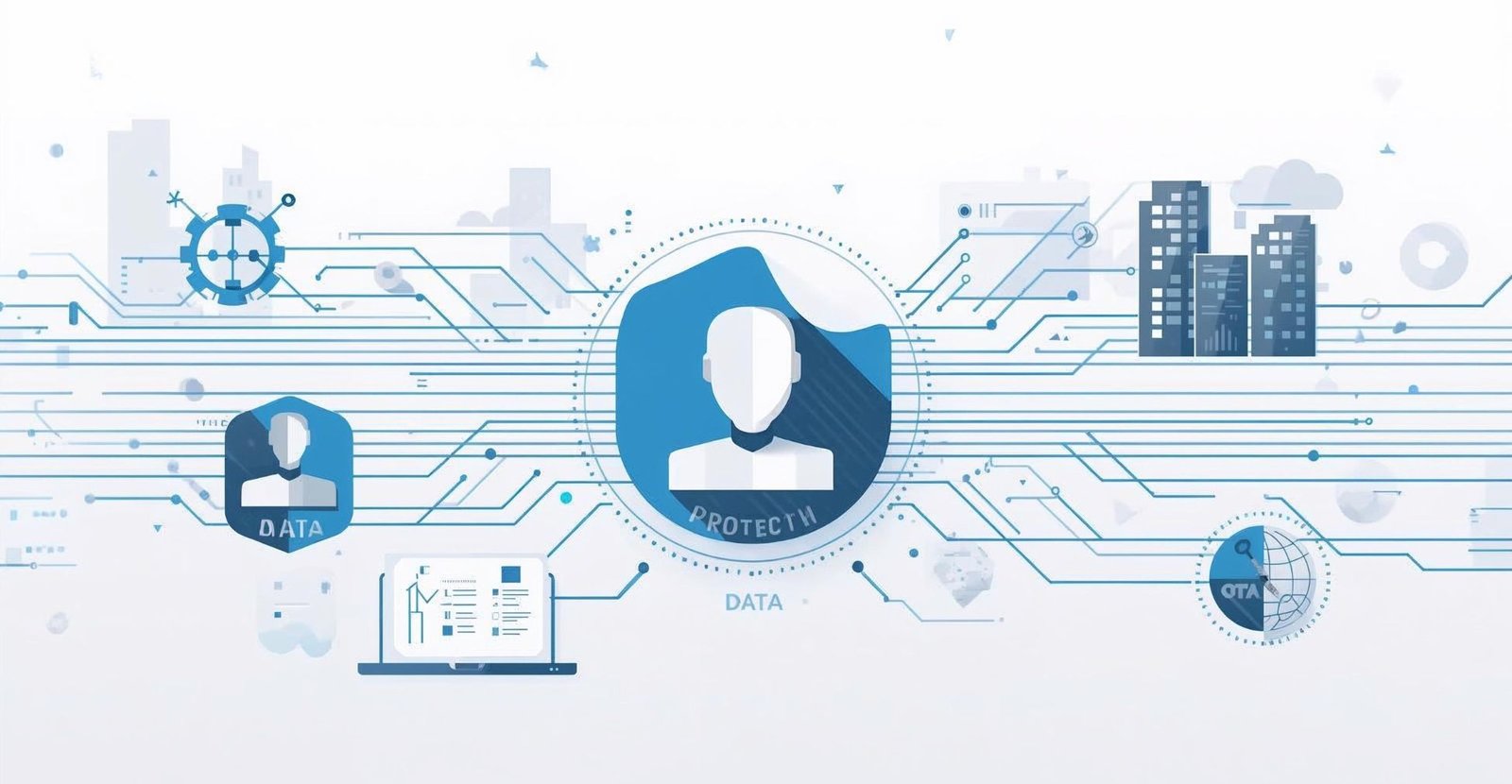
Employee data management in the Philippines is vital for compliance, security, and efficiency. Learn how to protect, organize, and streamline employee information using the right tools, standardized processes, and data privacy measures to ensure a secure and future-ready workplace.

In today’s competitive talent market, a superior employee experience (EX) is no longer a perk, it’s a core business strategy. The culture you create and

Employee engagement and customer loyalty are deeply intertwined. When employees feel valued, empowered, and connected to purpose, they deliver exceptional service experiences that inspire trust, boost satisfaction, and keep customers coming back, fueling sustainable business growth and competitive advantage.

In the dynamic world of talent acquisition, an organization’s reputation as an employer-its employer branding-is no longer a secondary HR function. It has become a

Hiring for “culture fit” creates fragile consensus, risk blindness, and stagnation, quietly undermining innovation. Shift to values alignment and cultural contribution to build stronger, collaborative, and more innovative teams.

In 2025, the job market is more competitive than ever — and AI-powered resume builders are everywhere. But with so many options, how do you know which ones are legitimate and which are just marketing hype?

Organizations keep chasing perks, stipends, and engagement gimmicks to stop turnover – but they’re treating the symptom, not the cause. True retention doesn’t come from freebies; it comes from building competent managers, creating clarity, and offering real career growth.

Workplace culture and employee engagement are two of the most discussed topics in Human Resources. They often get used interchangeably, but they represent distinct concepts.

Discover creative and inclusive ways to celebrate Diwali at work in 2025. From décor and cultural activities to hybrid celebrations and employee rewards, this HR guide offers practical ideas to boost engagement and spread festive cheer across every workplace.

Discover how Indian organizations are reimagining Diwali celebrations at the workplace, from extended holidays and wellness gifts to virtual engagement and inclusive festivities. Learn why these modern HR practices enhance employee satisfaction, belonging, and cultural connection at work.

In the competitive landscape of modern business, talent is the ultimate differentiator. Organizations that win the battle for talent are those that prioritize and

The modern talent market is a battle for hearts and minds. Job seekers today don’t just look for a salary; they look for a meaningful

The rise of Artificial Intelligence (AI) is the biggest shift in the modern workplace. It’s more than just a technology trend. It’s redefining how, where,

The phrase “employee-first” is now a common refrain in annual reports and corporate press releases. However, in today’s talent market, simply proclaiming this philosophy is

The modern work landscape continues to shift. Following the Great Resignation and the widespread practice of “quiet quitting,” a new trend has captured attention: “Bare
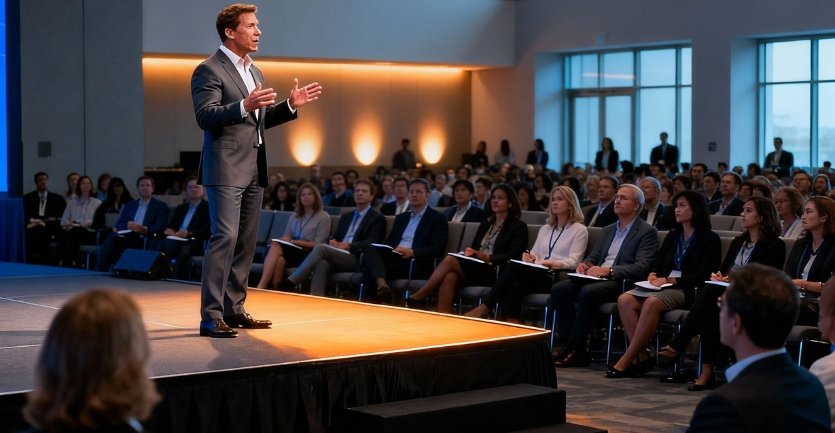
Tony Robbins, a world-renowned performance strategist, has spent decades analysing human behaviour and organizational success. His core philosophy-that sustained achievement is rooted in mindset-holds profound

Many organizations strive for a positive culture. While optimism is valuable, an excessive push for constant cheerfulness can turn unhealthy. This is toxic positivity:

Gary Vaynerchuk, widely known as Gary Vee, challenges traditional corporate thinking. He argues that the future of business success hinges on a genuine people-first philosophy.

Simon Sinek’s “Start with Why” remains an essential concept for modern leaders and HR professionals. This simple idea-to prioritize a deeper purpose-continues to drive

The modern workplace is in constant motion. Organizations face simultaneous pressures: talent shortages, rapid skill evolution, and the need for cost efficiency. The strategy emerging

MSW programs for HR professionals are vital for developing truly inclusive workplaces. Social work training provides the cultural competency, empathy, and systemic thinking necessary to design effective policies, from mental health support to conflict mediation, that drive employee belonging and retention.
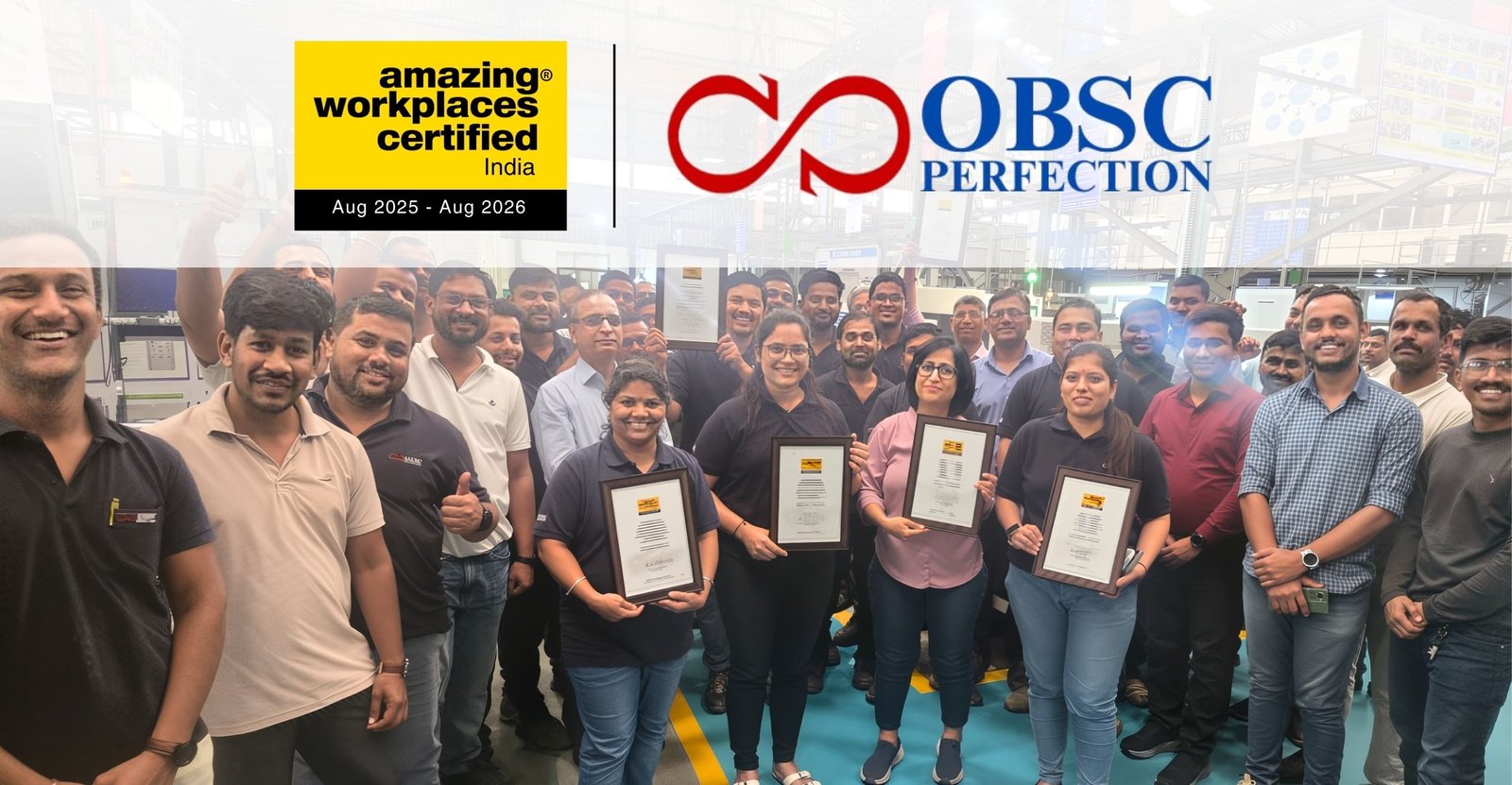
OBSC Perfection Limited has earned Amazing Workplaces® certification for creating a culture of trust, teamwork, and continuous growth. Employees thrive in an environment where learning, collaboration, and well-being are priorities, making OBSC a truly positive and inspiring workplace.
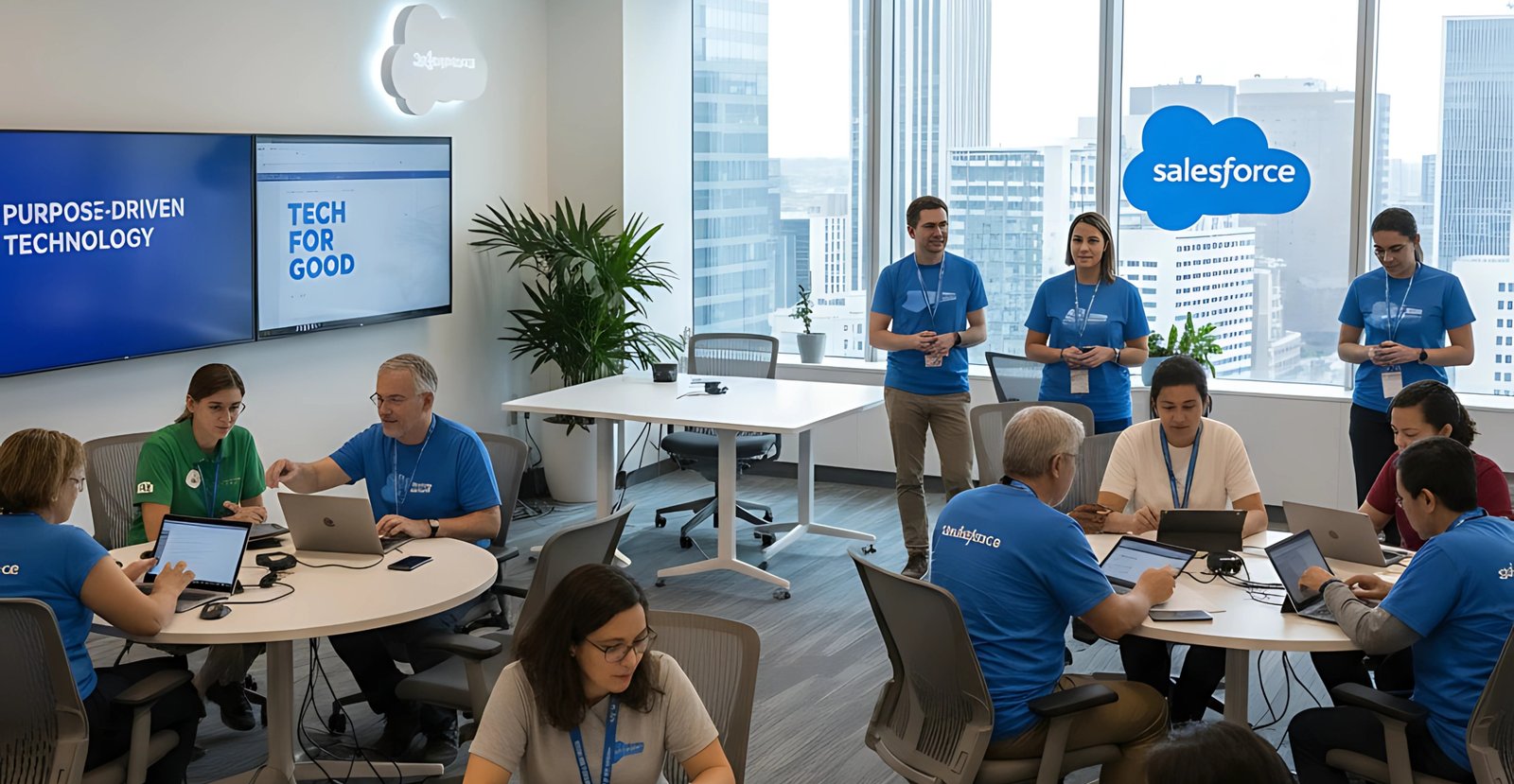
Effective employee volunteering programs are now crucial for retention, especially among Gen Z. Learn how to move beyond basic CSR to a structured approach, like Salesforce’s 1-1-1 model, to boost engagement, develop leadership skills, and secure a committed, purpose-driven workforce for the future.

A world-class global DEI strategy must balance core values with local needs. Unilever’s model, driven by data and regional councils, showcases how to measure authentic inclusion, build trust, and develop the inclusive leadership necessary for sustained talent retention.
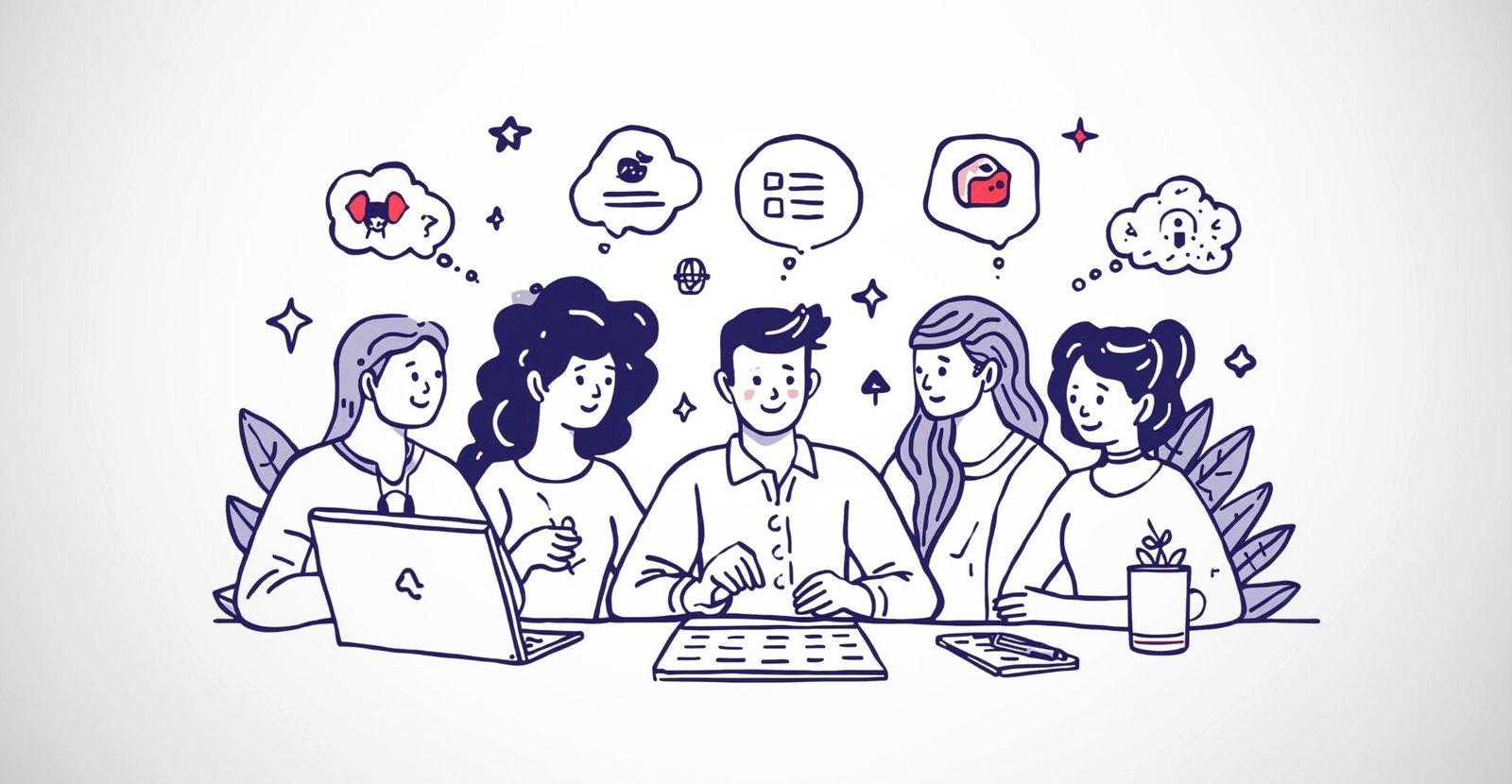
Explore this detailed HIGH5 Personality Test for Teams review to see how its strengths-based insights, team analytics, and practical tools can improve collaboration, boost engagement, and help leaders assign roles effectively. Learn the pros, cons, and real-use tips before you decide.

The role of HR is evolving beyond policies and processes. Today, HR professionals are mentors, guiding employees, fostering growth, and shaping organizational culture. Learn how mindful leadership and communication help HR move from managers to mentors, creating thriving, people-driven workplaces.

Strategic talent acquisition is the key to building amazing workplaces. By focusing on visionary executive leaders, you can transform your organization and gain a sustainable competitive advantage. Learn how to identify, attract, and secure the leadership talent that will drive excellence, foster engagement, and create a culture where people truly thrive.
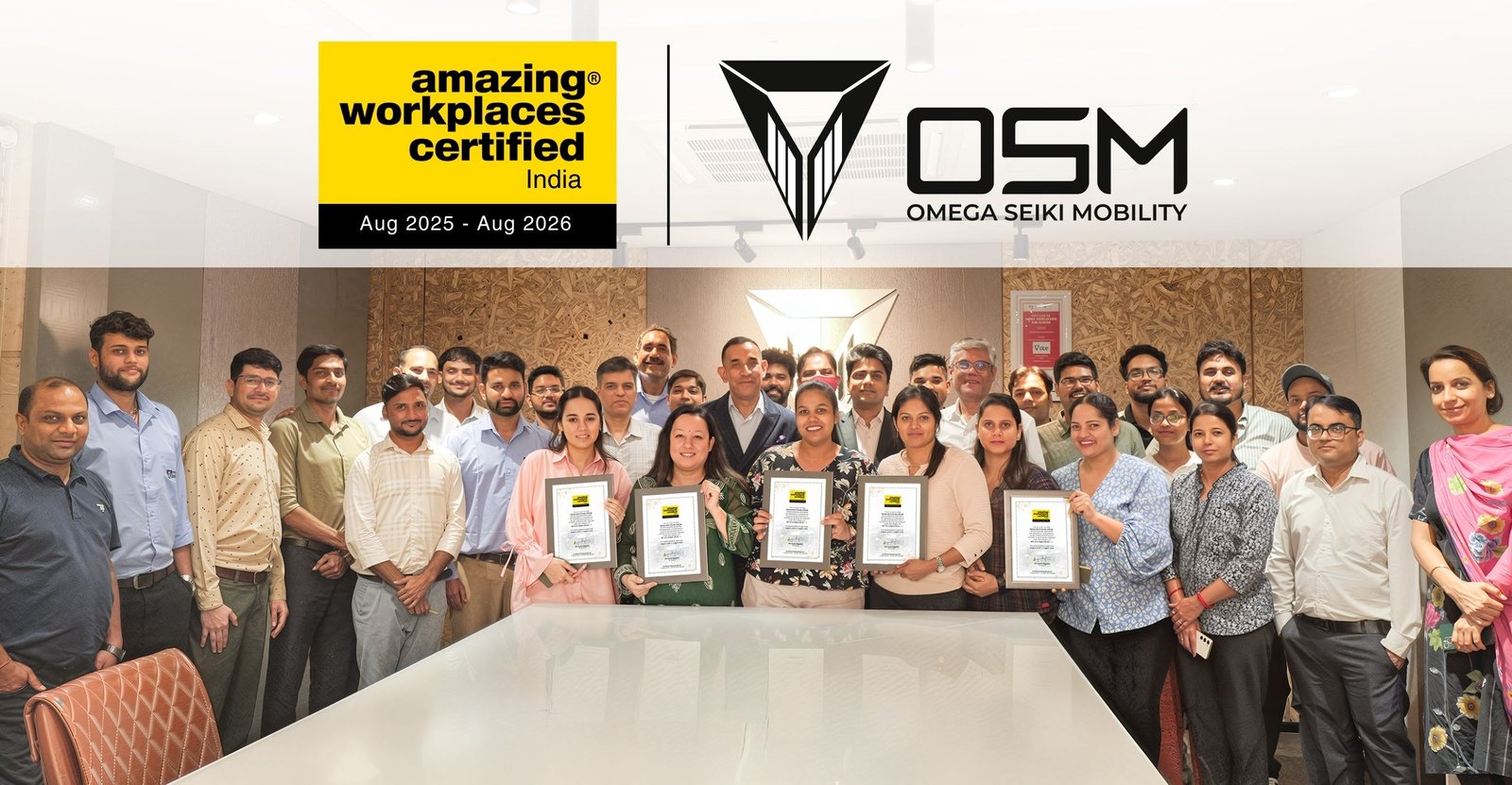
Discover why Omega Seiki Private Limited stands out as an Amazing Workplaces®. With a focus on a people-first culture, collaborative teams, and leadership that empowers, the company is proving that innovation and a supportive environment go hand-in-hand to create a truly meaningful institution.

Discover how investing in AI can build amazing workplaces. AI boosts productivity by automating tedious tasks, enhances the employee experience by freeing up time for more meaningful work, strengthens teamwork through seamless communication tools, and creates smarter environments for the future of work.

Create an inclusive hybrid work culture with clear policies, optimized tech, and empathetic leadership. Learn how to design a productive and welcoming environment for all employees, whether they are remote or in-office.
Explore the viral “996” work culture taking over Silicon Valley’s tech startups. Driven by the fierce AI race, this controversial 72-hour work week is becoming a new norm, but experts warn of its severe impact on employee well-being and long-term productivity.

Workplace safety best practices go beyond compliance. Discover how clear policies, leadership examples, preventive measures, and ongoing safety programs create secure environments that build trust, protect employees and visitors, and boost a company’s reputation in today’s transparent business landscape.

Payroll solutions are redefining HR in hybrid workplaces through automation, compliance, and employee self-service. Modern platforms streamline processes, provide workforce insights, and enhance employee trust, making payroll a strategic tool for organizational success in the future of work.
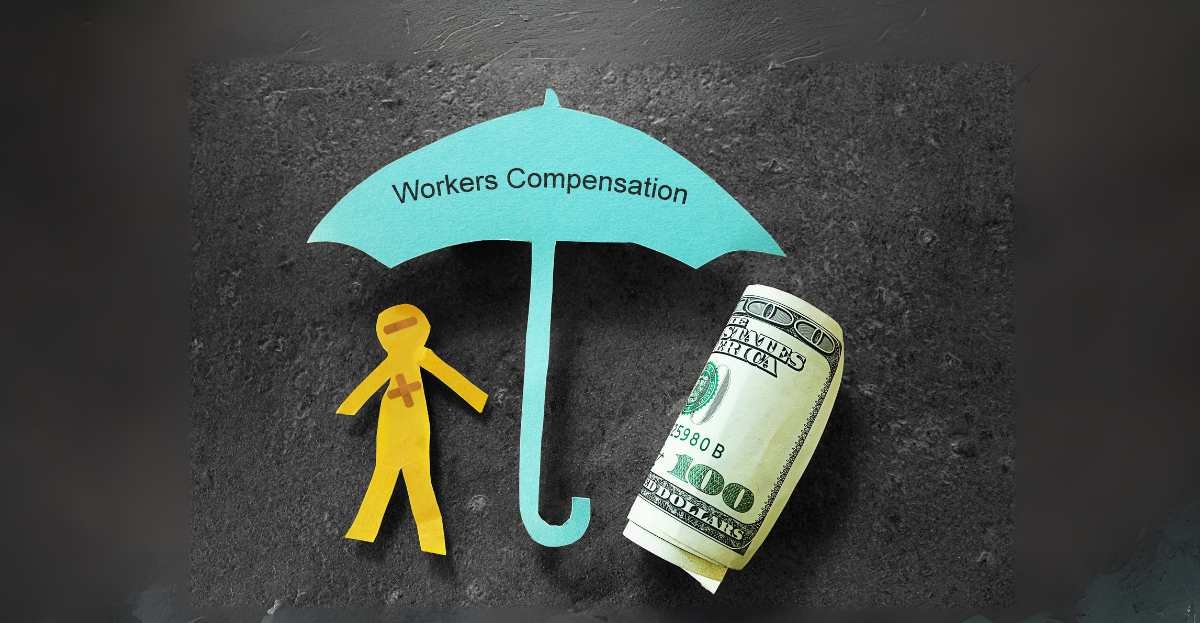
Discover how workers’ compensation protects injured employees. Learn the basics, steps to file claims, benefits available, and how to manage medical costs and lost wages. This guide simplifies workers’ compensation for employees seeking financial support and recovery after workplace injuries.
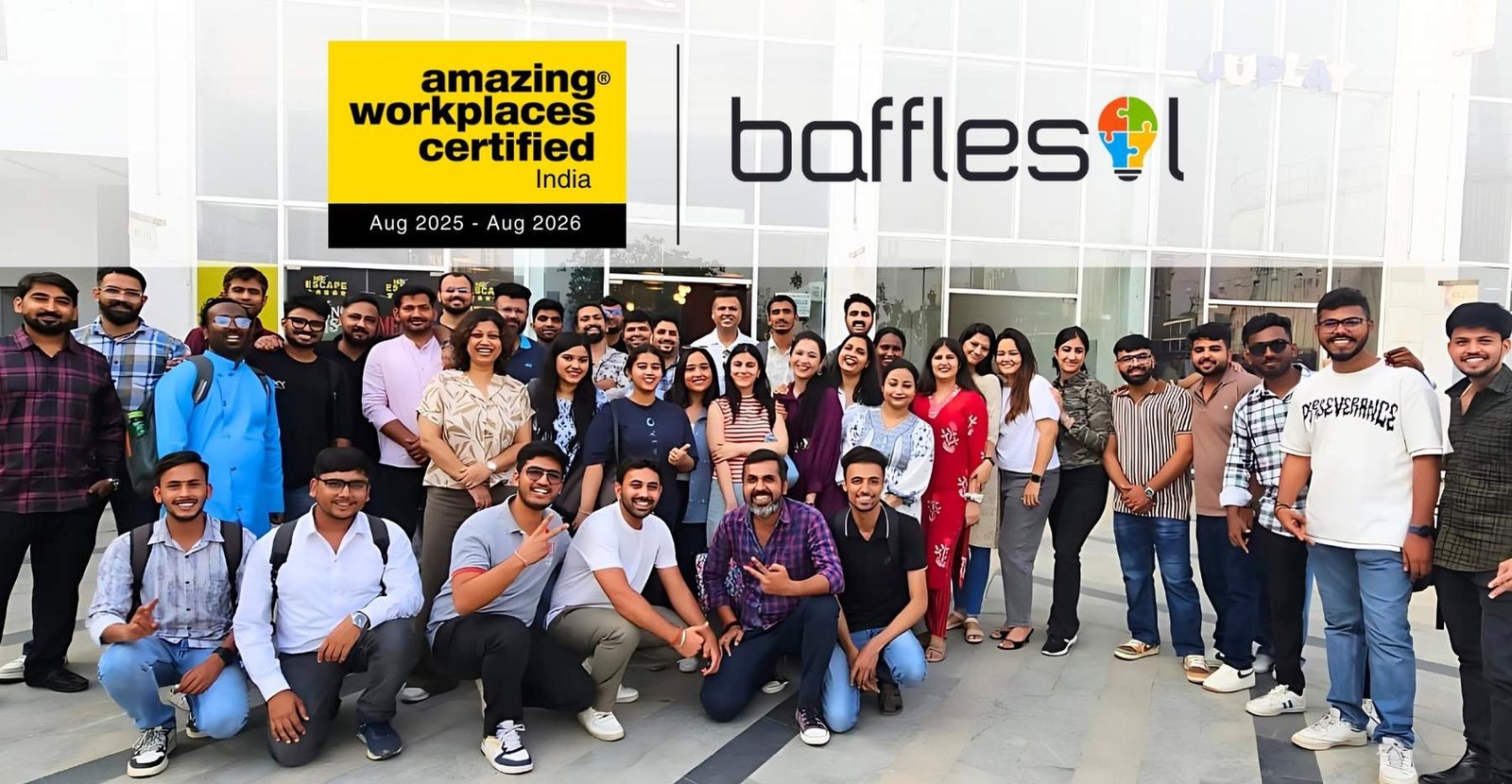
BaffleSol Technologies has once again been certified as an Amazing Workplaces® for the third consecutive year. From trust-driven leadership to inclusive growth opportunities, here’s a closer look at how BaffleSol continues to set benchmarks in people-first culture.

Role clarity in the workplace improves trust, engagement, and retention. Clear expectations reduce confusion, support hybrid work, and strengthen organizational change. Practical HR strategies like working agreements, decision logs, and onboarding maps help create predictable, safe, and high-performing teams.
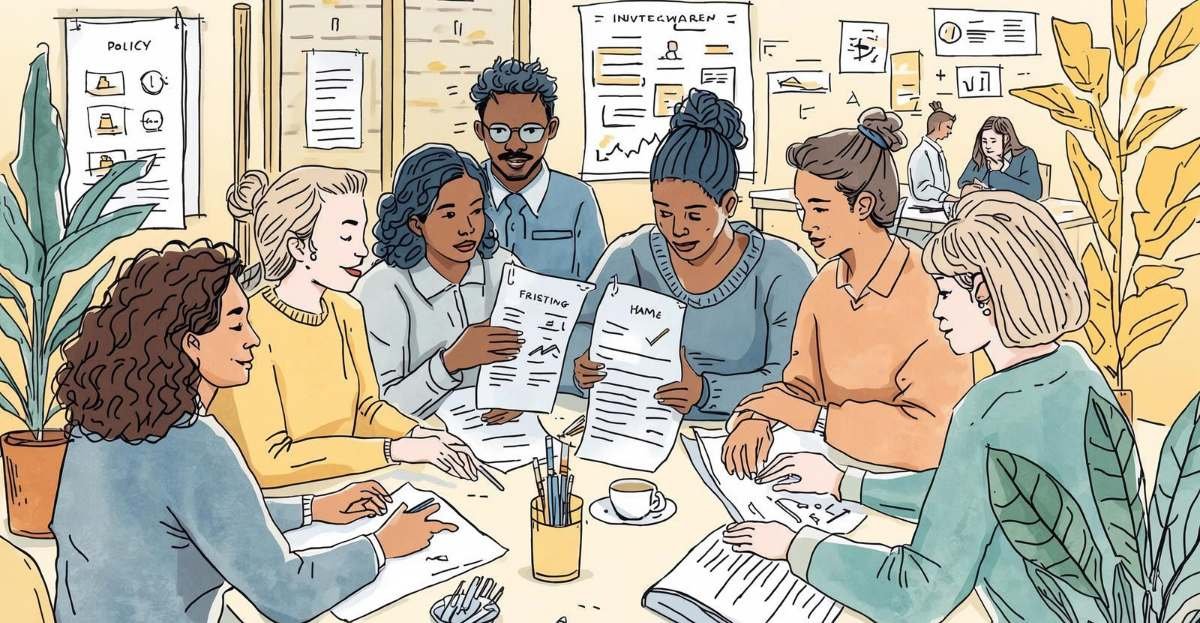
Clear workplace policies reduce conflict, boost trust, and strengthen organizational culture. By setting clear expectations and consistent processes, companies improve engagement, retention, and compliance. Learn how strong policies build transparency, fairness, and a positive employee experience.

AI job interviews are becoming common, with companies using technology to screen resumes, run chatbots, and even conduct first-round interviews. While AI speeds up hiring, it often misses the human side of candidates. Here’s how job seekers can prepare for this new reality.
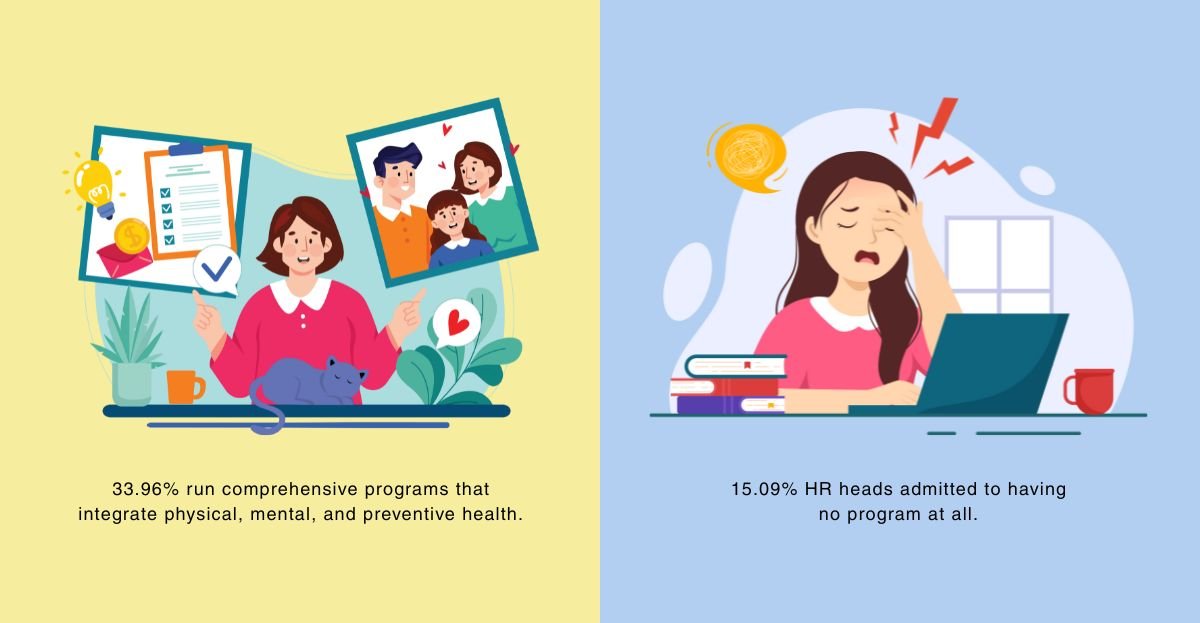
A survey of Indian organizations reveals the current state of workplace wellness. The article highlights the growing focus on mental health, the fragmentation of strategies, and the challenges of low employee engagement and budget constraints.

Discover the benefits of employing people with disabilities. Learn how inclusive hiring boosts innovation, morale, and your brand image. This guide covers key strategies, challenges, and success stories from companies like Lemon Tree Hotels.

Discover how to conduct compliant and secure employee background checks for remote teams. This guide for HR professionals covers identity verification, cross-border compliance, technology tools, and best practices to protect data, ensure trust, and hire confidently in a remote-first world.

The Amazing Workplaces platform was set up with the core purpose of enhancing, enriching, and promoting 7 main and 2 sub pillars that form the core of an Amazing Workplace and thereby a great employer brand.
WhatsApp us
